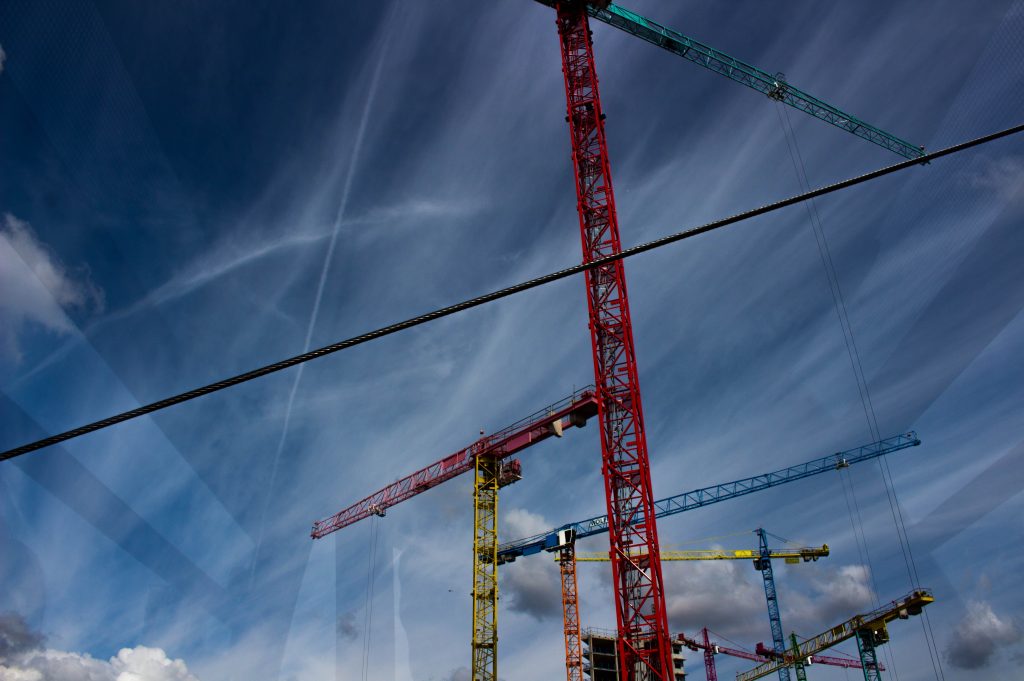Many organisations follow the guidance from the Lifting Equipment Engineers Association (LEEA) in how they should run their lifting operations on site.

As an internationally established association that provides excellent advice and knowledge, it is well understood as a go to source for lifting expertise. What helps LEEA qualified engineers when conducting audits and inspections is the right tools for the job at the work site. This gives them the knowledge that they are both able to conduct their job at the high level that they have intended too, but that the assets, facility or organisation also gets the best quality inspection possible; a union between expertise and the top inspection method. Today many LEEA qualified engineers are choosing to go paperless with all their lifting, hoist, and crane inspections. Gone are the days when there were ill-informed personnel checking safety and gone are the days where lifting inspections involved manuals too complex to understand and inspect from. Today’s solutions are about the partnership of LEEA qualified personnel using the digital inspection platforms of tomorrow.
By choosing to go digital and take inspections paperless, inspectors of lifting equipment and crane structures are making sure that both safety and performance are central to the process. No matter how well the asset or hoist equipment performs, it is not effective if it cannot be operated or used safely. With digital inspections, LEEA engineers can monitor the site safety procedures, the personal protective equipment of any staff, or what measures have been taken to avoid incidents from ever occurring. This can all be recorded on a paperless checklist, similar to the ones that are used for any other inspection. The inspection recordings are most often completed by standardised response, speech-to-text data input or photographic evidence. All these forms of information can be useful to demonstrating compliance with safety standards, safe operational procedures specific to an asset or industry regulations. When the data is recorded, the GPS timestamp attached to the checklist, and report marked complete, it is immediately sent to the larger inspection portal; home to all the data. This is often hosted via cloud solutions (SaaS), which means it doesn’t entail any dusty filing cabinet no one likes going into. The data can then be sent for cataloguing against that specific hoist asset or crane operating procedure inspection, whereby the inspection report joins all the previous reports of that type. The metrical numbers can then be fed into business analysis, which can provide both the LEEA engineer or the management team an insight into the overall performance of what is being inspected.






